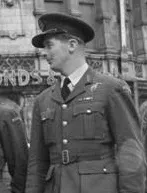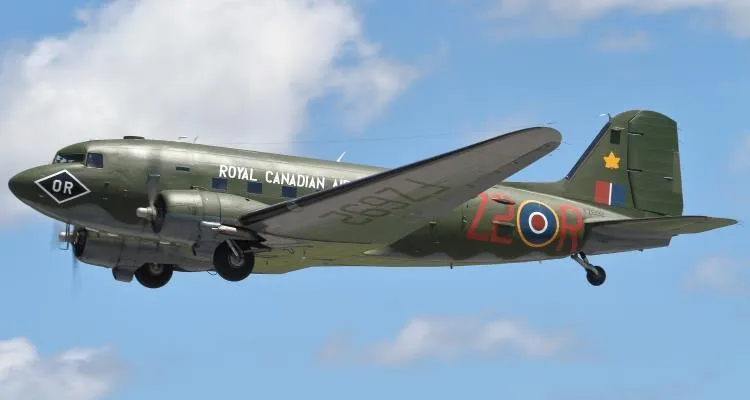45 Group RAF Transport Command, 81 Flight Dakota IV aircraft KN271 missing on ferry flight between Bluie West 1 Greenland and Reykjavik, Iceland
Pilot, Squadron Leader ZW Hirsz VM V(Pol) KW(Pol) ML(Pol) (PAF) was missing, presumed killed
Squadron Leader Hirsz has no known grave and is commemorated on the PAF Memorial, RAF Northholt
Squadron Leader Hirsz was born on 17th April 1914 in Warsaw. He studied at the SPL Aviation Cadet School and graduated in the X Promotion in 1937. After this he was assigned to 23 Observation Eskadra and took part in the September Campaign. He escaped from Poland by an unknown route and arrived in Britain where he was sent to an OTU to familiarize himself with British aircraft and to learn the language. This was probably 18 (Polish) OTU at RAF Bramcote near Nuneaton in Warwickshire.
He was posted in from RAF Bramcote on 20th June 1941 and known to be in service on 6th January 1942. On 31st May 1942 he saw the wake of a U-Boat and attacked it with three depth charges; no result was observed according to the station ORB at RAF Tiree. On 9th June 1942 he attacked a U-boat with 4 depth charges; a 4 mile long oil slick was sighted, suggesting serious damage or destruction.
He was promoted to acting Flight Lieutenant on 1st July 1942. He was awarded the Krzyz Walechznych (Cross of Valour) by Air Vice Marshal Ujejski on 21st November 1941. After completing his operational tour of duty, he was sent back to 18 OTU as an instructor.
He was later transferred to 45 Group Transport Command where his duties were to fly unarmed aircraft from the factories to wherever they were needed. This was mostly transatlantic flights from the USA and Canada.
On 6th February 1945 he was flying a Douglas DC3 Dakota IV, serial number KN271 from Canada to Rejkjavik, Iceland, on the first leg of the journey across the Atlantic. He was off the east coast of Greenland, about 450 miles west of Reykjavik when the aircraft plunged into the sea killing the entire crew; the cause of the loss has never been established Detail provided by Neville Bougourd
![]() Bluie West 1 now Narsarsuaq Air Base
Bluie West 1 now Narsarsuaq Air Base
Bluie 1 West: Greenland 61°10"²00"³N 045°25"²59"³W 776 miles (1,249 km) from Goose Bay. Established in 1941 by United States Army, operational in 1942. HQ Greenland Base Command. Primary refueling/servicing stop in Greenland for North Atlantic Route. Remained under United States Air Force control until 1958. Now a civilian airport. Wikipedia




